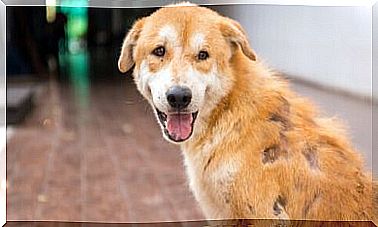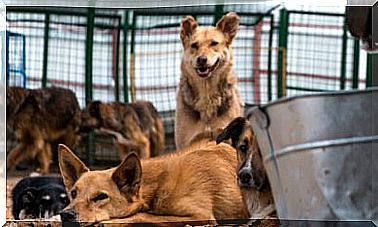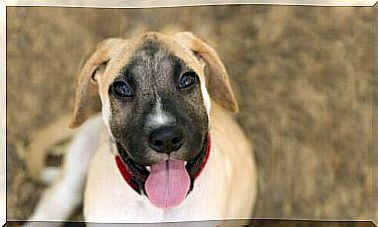How Dogs Age: What Science Says
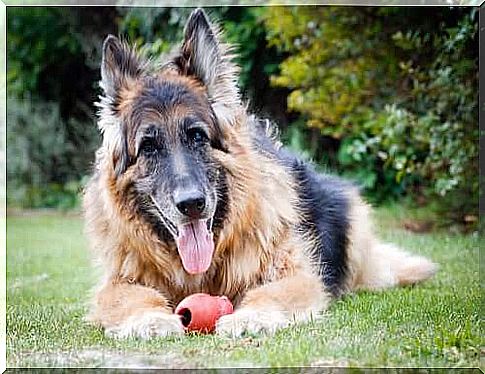
To calculate a dog’s age, many often use the formula that one human year equals seven canines. However, this rule varies according to the breed and size. Let’s see in this article what science says about how dogs age.
The life expectancy of an average dog is around 12 years, although this figure varies based on physical, genetic, environmental, or nutritional factors, among many others. Over time, various physical and behavioral changes typical of old age occur.
Often, however, owners cannot easily tell when their dogs get older, regardless of size. Many believe that a dog ages at the age of seven or nine, yet most veterinarians anticipate this to five or seven. To determine the aforementioned age, experts focus on a number of changes related to the appearance and behavior of the animal.
Signs for understanding how dogs age
- Changes in coat color. As with humans, the appearance of white hair is one of the most obvious signs of aging. Typically, these gray hairs focus on the muzzle and around the eyes.
- Changes in the eye. Partial loss of vision, which can culminate in cataracts, is accompanied by sinking of the eyeball, the presence of brown spots and other morphological changes as opposed to the healthy eyes of youth.
- Weight fluctuation. Although doing less movement can promote weight gain, the animal usually tends to lose weight after a certain age. The reason is his lower appetite which leads him to eat less and less frequently.

- Changes in urinary habits. The inability to contain urine should not be punished, as this is another symptom of the dog’s aging. At the same time, the habit of eating less can cause chronic constipation.
- Apathy. Physical pain or lack of energy can lead the animal to isolate itself. Thus, dogs that do not want to be bothered by other family members tend to hide or take longer naps than usual.
- Aggressive conduct. Grumpy behavior is often accompanied by violent reactions if the animal is irritated by its pains. Furthermore, fear is a factor that increases with old age and leads to disproportionate responses with the aim of protecting oneself.
- Disorientation and repetitive behavior. Poor memory and other mental changes can cause disorientation, the appearance of nervous tics and further abnormalities.
Palliative advice for owners
Although the passage of time is an unstoppable reality, owners can contribute to the well-being of their animals during their last years.
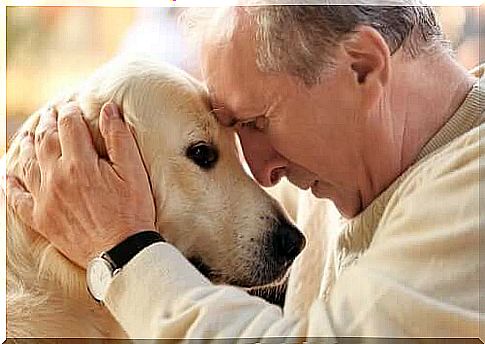
In addition to subjecting the animal to regular full examinations at least once a year, it is important to address certain factors, such as nutrition and physical activity, in the right way. The way in which dogs age is directly related to the quality and quantity of attention they receive in the aspects that are most compromised during old age.
Older dogs generally require less energy and less fat as their metabolic activity tends to decrease. For this reason, many food brands develop specific formulas that increase the percentage of fiber to help fight constipation.
Like any other case, even the transition to the new adult diet must always be gradual and it is necessary to verify that both the ingestion of food and the appearance of the feces are normal.
Older dogs tend to isolate themselves, but owners need to do what they can to motivate them to interact and move. Physical activity is necessary to prevent bone and muscle diseases, and it also contributes to the happiness and mental well-being of the animal.


